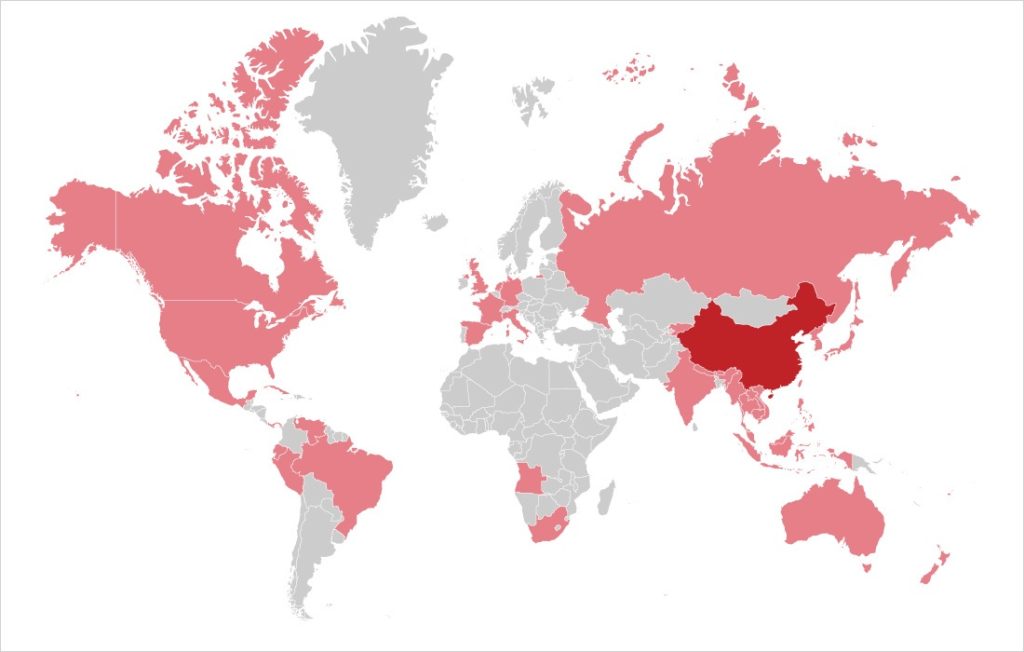Chinese
The common usage of “Chinese” usually refers to Mandarin, but other well-known dialects in North America include Cantonese, Minnan (Taiwanese), and Hakka.
CHINESE is by far the most-spoken language on the earth.
In addition, it is the fastest growing language in both number of speakers and economic value. More than 908.7 million people use it as their first language.
Add the ones that use it as a second or third and you will get 1.2 billion people – about 16% of all humans. That’s more than twice the second most widespread native language Spanish with it’s 405 million speakers and 6.15%. Ironically, though, it’s not easy to find Chinese language specialists who know the ins and outs of this important and unique language.
This is partly because the language and culture is very different from the rest of the world and partly because the language itself is so complicated.
In truth, “Chinese” is not a completely correct term since it encompasses many-often mutually incomprehensible-dialects spoken by Chinese people. The common usage of “Chinese” usually refers to Mandarin, but other well-known dialects in North America include Cantonese, Minnan (Taiwanese), and Hakka.
Simplified or Traditional?
The most familiar classification distinguishes the language between Simplified and Traditional Chinese. Most people in the translation industry will tell you that Simplified Chinese applies to mainland China (and Singapore) and Traditional Chinese is used in the rest of the world.
This may be acceptable in common business, but linguistic professionals know that it’s a generalization. Even the Traditional Chinese used for the Hong Kong, Taiwan, and North American markets employs different terms and styles within each region.
And more and more simplified words and characters are finding their way into North American usage as the number of people from mainland China begins to outnumber the other Chinese speakers.
How 1-StopAsia works?
At 1-StopAsia, we help our clients identify their target market or audience and then fine tune the language, writing system, style and tone of the Chinese they need. Our rigorous quality assurance procedure ensures that your translation is translated and reviewed by a native Chinese translator with a specific subject-matter specialty before it is proofread by a second translator. This guarantees that every detail of the document is checked, double-checked, and quality ensured.
REQUEST A FREE QUOTE
We, at 1-StopAsia, are aware that responsiveness and excellent project management are the essence when working within the translation industry.
If you feel it is time to improve your time-management and pay more attention to your clients, get in contact with our Production Team and check how we can help you achieve it.
Ask us anything you need to know about:
- quotes and pricing
- translations and media services
- Asian languages
Start your new project with us today! All you have to do is fill in the form on the right and get your free quote.

